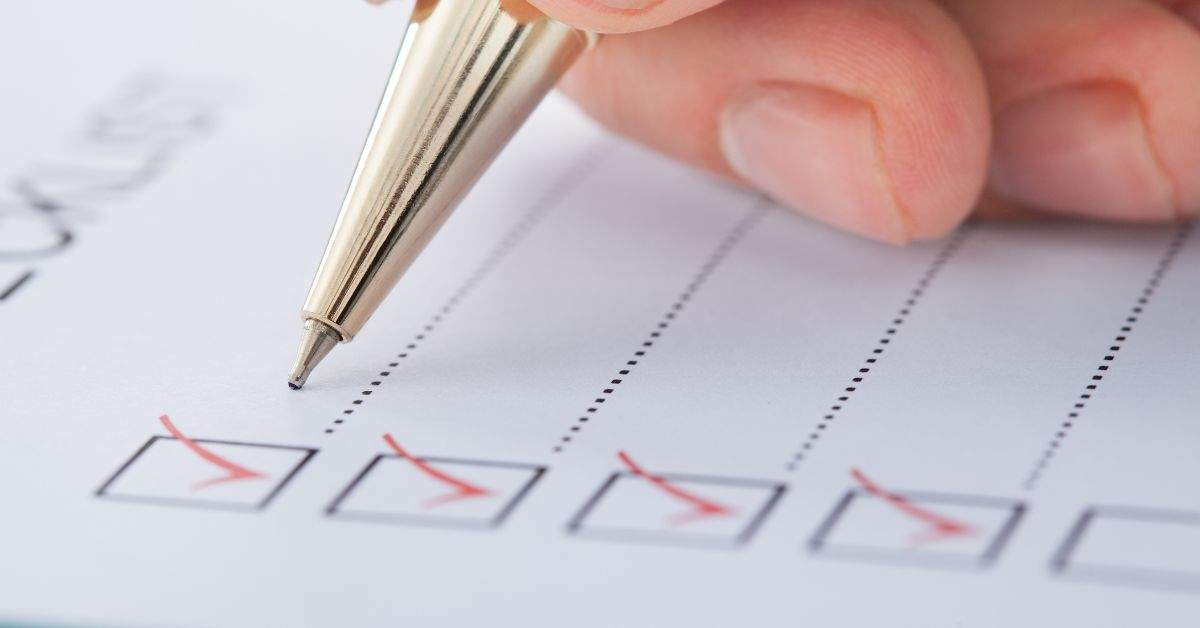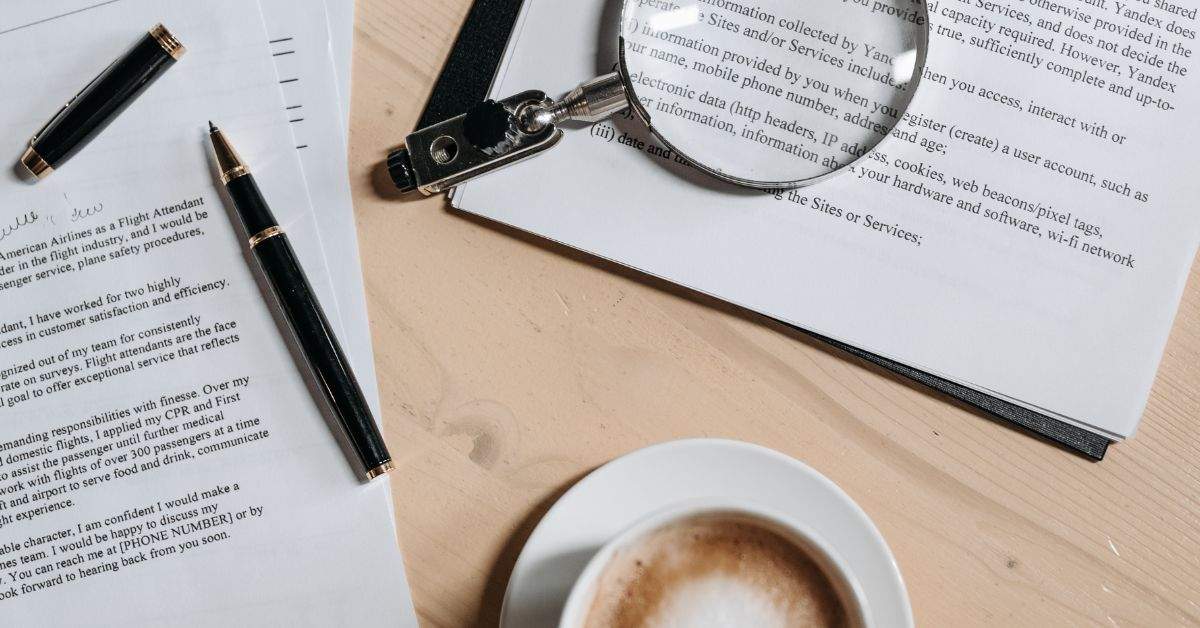You’re working on a case for a client when you remember that you were supposed to finish editing a different brief by lunchtime. You go to work on that just before realizing that a colleague has been waiting on an email from you–since yesterday. By the end of the email, you’ve thought of several calls that have to be made right away. But before you finish the final call, an instant message pops up from a colleague asking for an update on something else.
What were you doing again?
If this train of thought, stream of conscious approach to working sounds at all familiar, then congratulations, you, too, have become a victim of “context switching.”
What is context switching? Simply put, this is when you jump from one unrelated task to another without finishing the first task.
Is context switching the same as multitasking? Not exactly.
The primary difference is that with context switching, the tasks are unrelated, and interruptions are unplanned. And rather than attempting to juggle multiple tasks, you’re bouncing back and forth without making real progress on any.
Why is context switching so harmful to productivity?
According to a study by the University of California Irvine, it can take around 25 minutes to refocus after an interruption. Workers compensate for this lost time by working faster, but this comes at a significant cost: increased frustration, stress and even a temporary lowering of IQ. So, while the work might get done, it will take longer, lack quality and leave workers feeling worse for wear.
While a study by American Psychological Association has shown that any kind of multitasking can hurt productivity, context switching has the added downside of these gaps of time where the worker tries to refocus.
As a legal professional working with multiple lawyers or cases, this might feel like it’s impossible to avoid; however, there are alternatives! To help you be more productive in less time, here are some tips for stopping the harmful cycle of context switching and what you can do instead:
Write it down
Because short interruptions cause less of a disturbance in your focus, you can opt to write down a new task that comes to mind so you don’t forget it, instead of trying to perform it right then. Keep sticky notes on hand for a low-tech, distraction-free option.
Plan your breaks
According to the productivity app DeskTime, the most productive employees worked for 51 minutes and took a break for 17. It’s far easier to keep yourself focused if you know you only have to stay on task for this limited time.
Limit email checking
Email is perfect fodder for context switching, seemingly designed to distract with popups and sounds and icons. And with workers checking their inboxes an average of 74 times per day, emails can result in a lot of disruption and stress, every message coming with a possible distracting new direction. Instead, set specific times of day to check your email, or only read them in between completed tasks.
Prioritize tasks
When the temptation arises to go back and forth between important projects, stop and jot down everything that is competing for your attention, then decide which should come first. Focus on only that one item at a time and you’ll be amazed at how quickly each can get finished.
Hide your phone
With mobile devices acting as entertainment centers, information desks, and social hubs, they also serve as major distractions. Keep your cell phone on silent and off your desk to avoid getting interrupted.
Add more “no” to your vocabulary
Not everything is a priority or needs attention immediately. When you’re already in the middle of a task, find an effective way to say no at work. You can also suggest a different time when you will be available if it’s something that does need your attention.
Strengthen your ability to focus
Your brain needs a workout as much as your body, and there are ways to improve your focus by pushing yourself past your comfort level and then giving your brain a rest. This is especially important for recovering multitaskers who may have damaged their ability to focus.
Optimize your most productive times
Think about the times of the day when you do get the most done. Then limit distractions during these times and plan to work on your most complex tasks. That way distractions during your less focused times won’t be as much of a loss.
***
What else works for you when you’re trying to avoid the trap of unproductive context switching? Let us know in the comments section!








